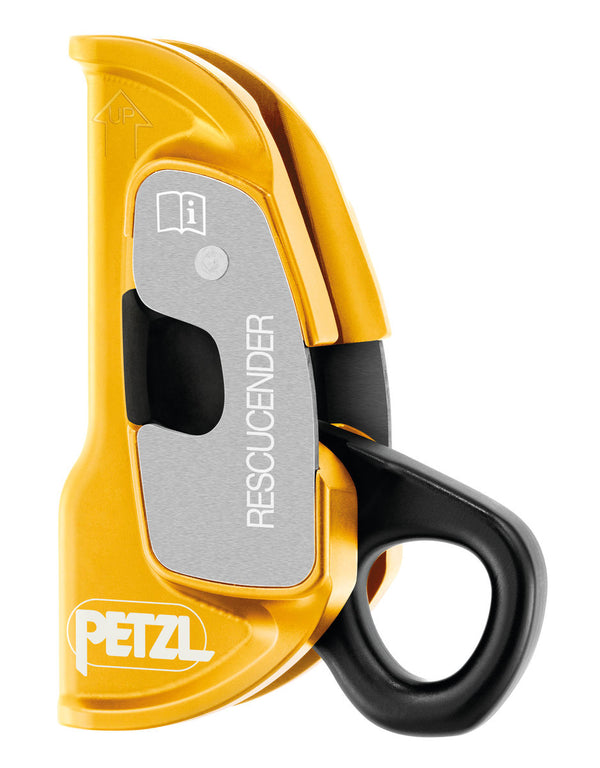
It has been suggested that the maximum fall arresting limit should be reduced to 2.75 kN when wearing a “seat harness” based on a study by Magdefrau. OSHA standards mandate that fall protection and rope systems must limit the fall arresting load conveyed to any individual wearing a body harness to below 8 kN.

Life safety rope applications require a tradeoff between system elongation that absorbs the energy of a fall with extended fall distances that may allow an impact before the rope arrests the fall. Biomechanically dangerous dynamic loading can still occur with these rope systems if they are not properly designed. In order for these systems to operate safely, dynamic strength and energy absorption capabilities of these systems must be characterized.

From the scenarios investigated, the quadruple overhand on a bite provides a favorable reduction in arrest loads with the smallest associated loss of strength.įalls from heights may result in immense impact forces for unprotected personnel spurring the development of fall protection technologies, many of which are rope based. Ropes with sewn-eye terminations resulted in MALs that were 80 % of the MBS. In particular, the quadruple overhand on a bite tied in the Technora–Technora rope resulted in MALs that were only 33 % of the minimum breaking strength (MBS). In nearly all rope/knot combinations, the ratio of maximum arrest load (MAL) to breaking strength was lower with the knotted ropes when compared to the sewn-eye terminations. Knots significantly reduce the maximum arresting load due to a dynamic impact event when compared to ropes without knots, providing significantly more energy absorption than the sewn-eye alone. A single exception to this outcome is with the quadruple overhand on a bite (30–35 %).

Knots are shown to significantly (45–60 %) reduce the quasistatic strength of rope when compared to a manufactured sewn-eye (40 %). We quantify the effectiveness of various common knots to reduce dynamic loads in typical fall scenarios for which the systems are designed, and interpret this change in the context of rope strength reduction due to the knot. While energy absorption methods using rope deformation and/or accessory components have previously been evaluated, the ability for simple knots tied in the system to alter impact loads has not been studied in detail. Impact loads to the human body due to falls from height can be mitigated by well-designed and characterized fall protection systems.


 0 kommentar(er)
0 kommentar(er)
